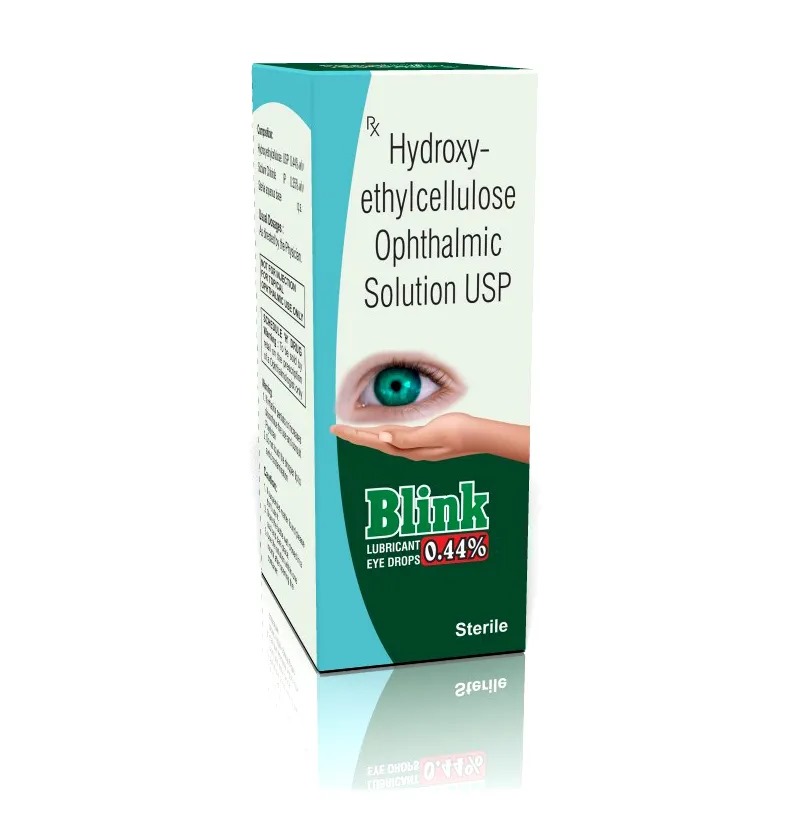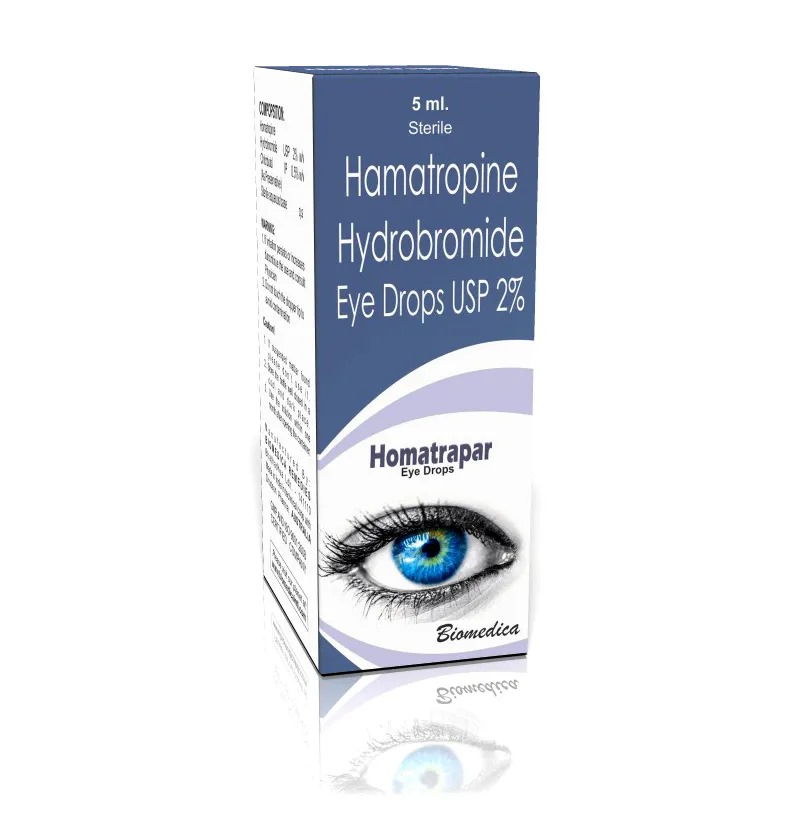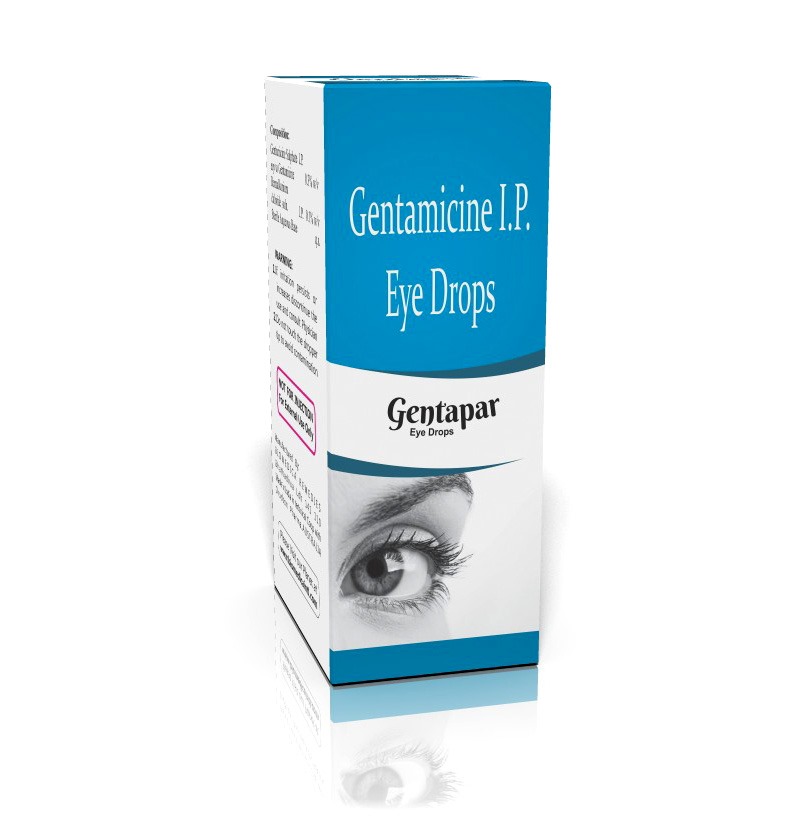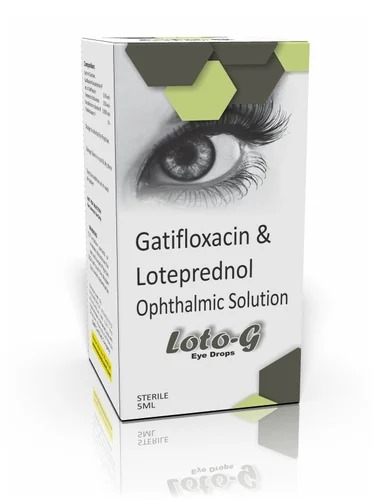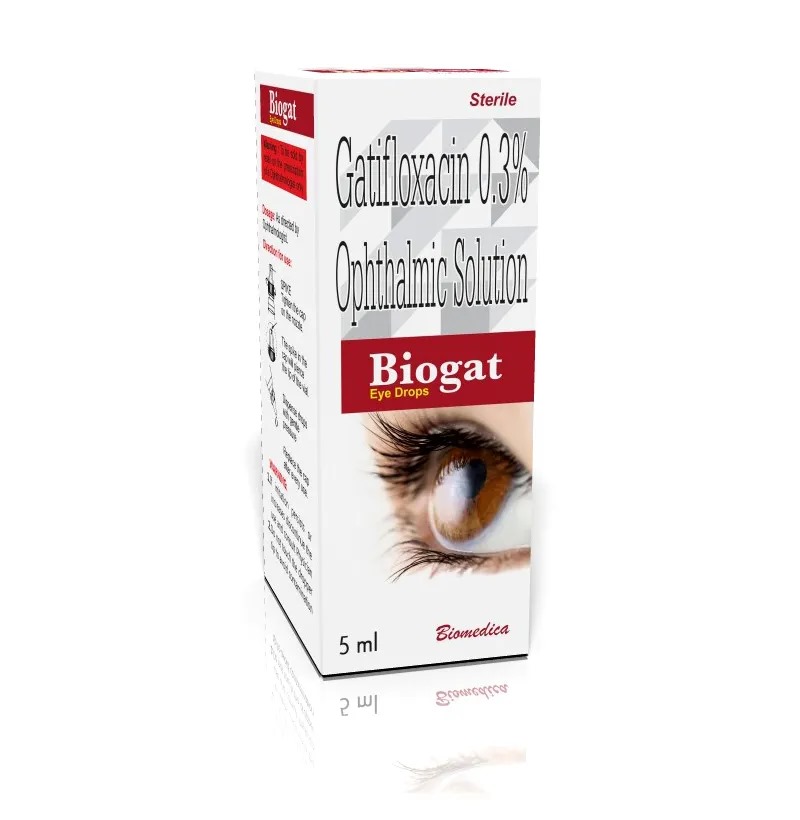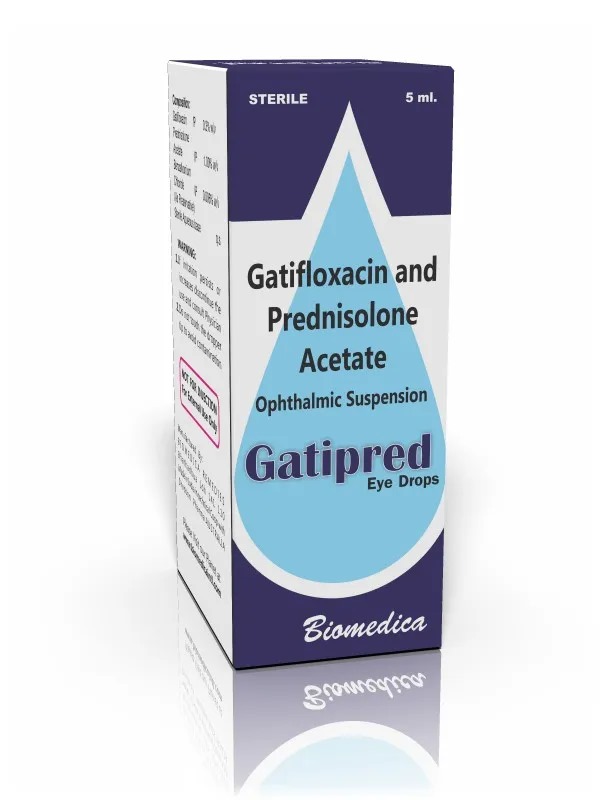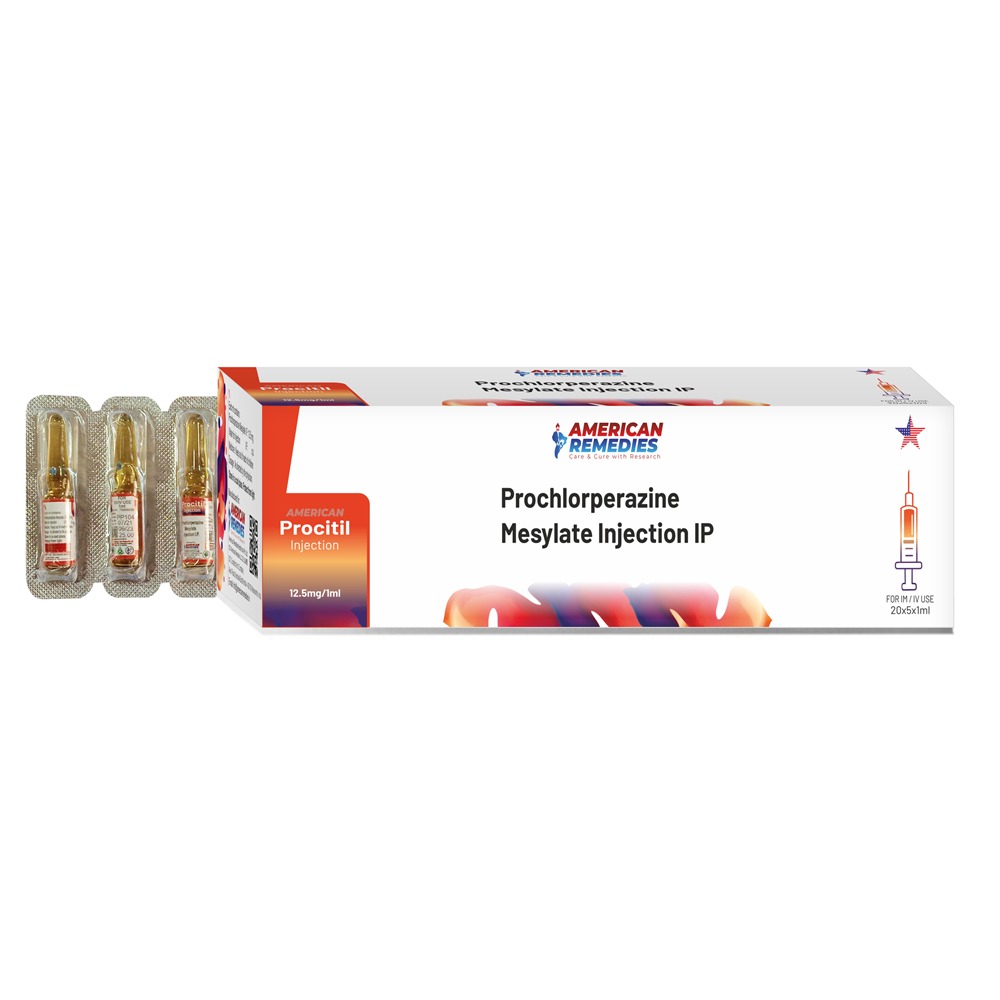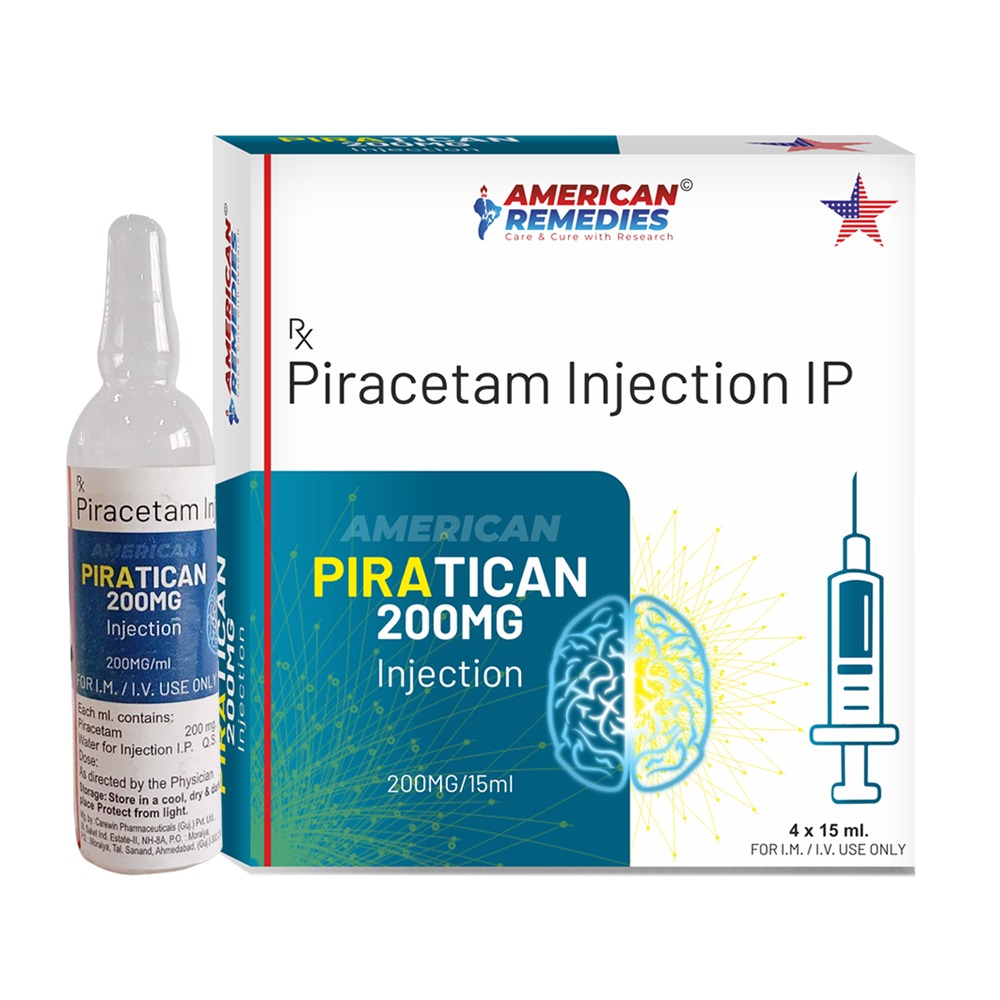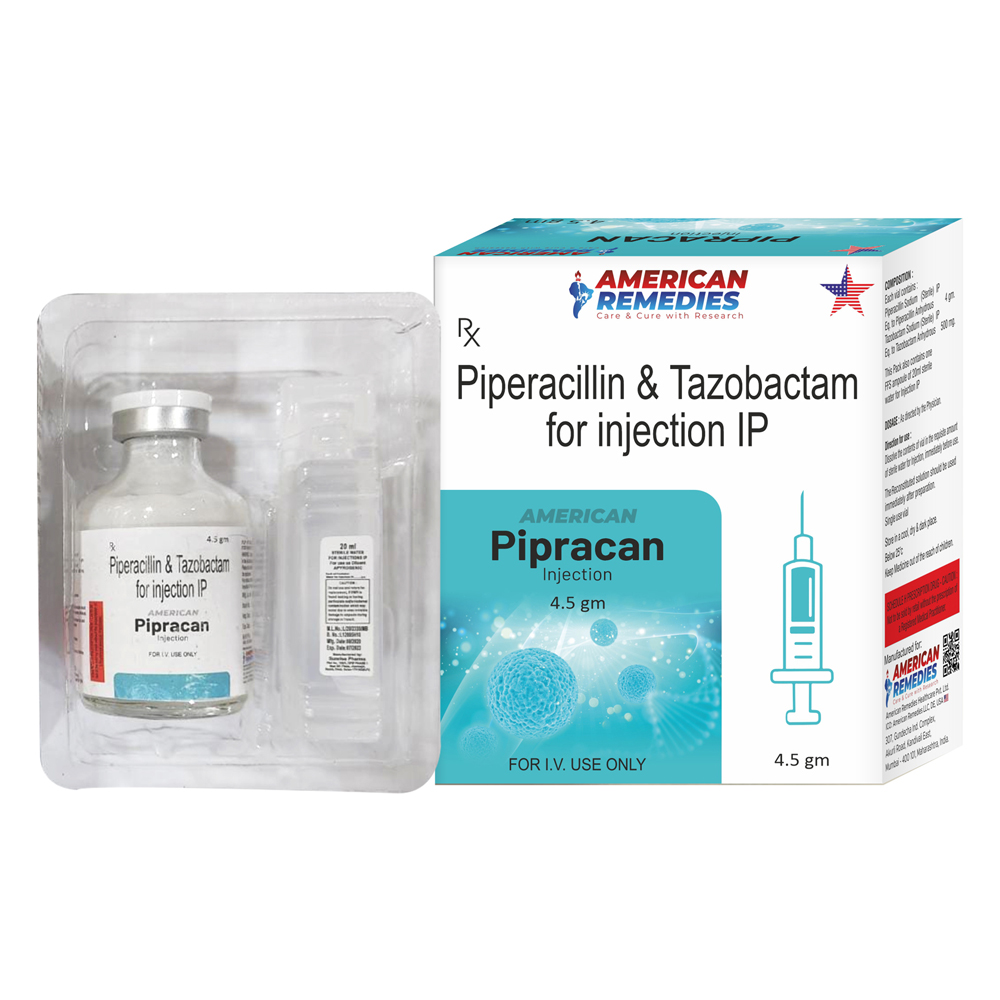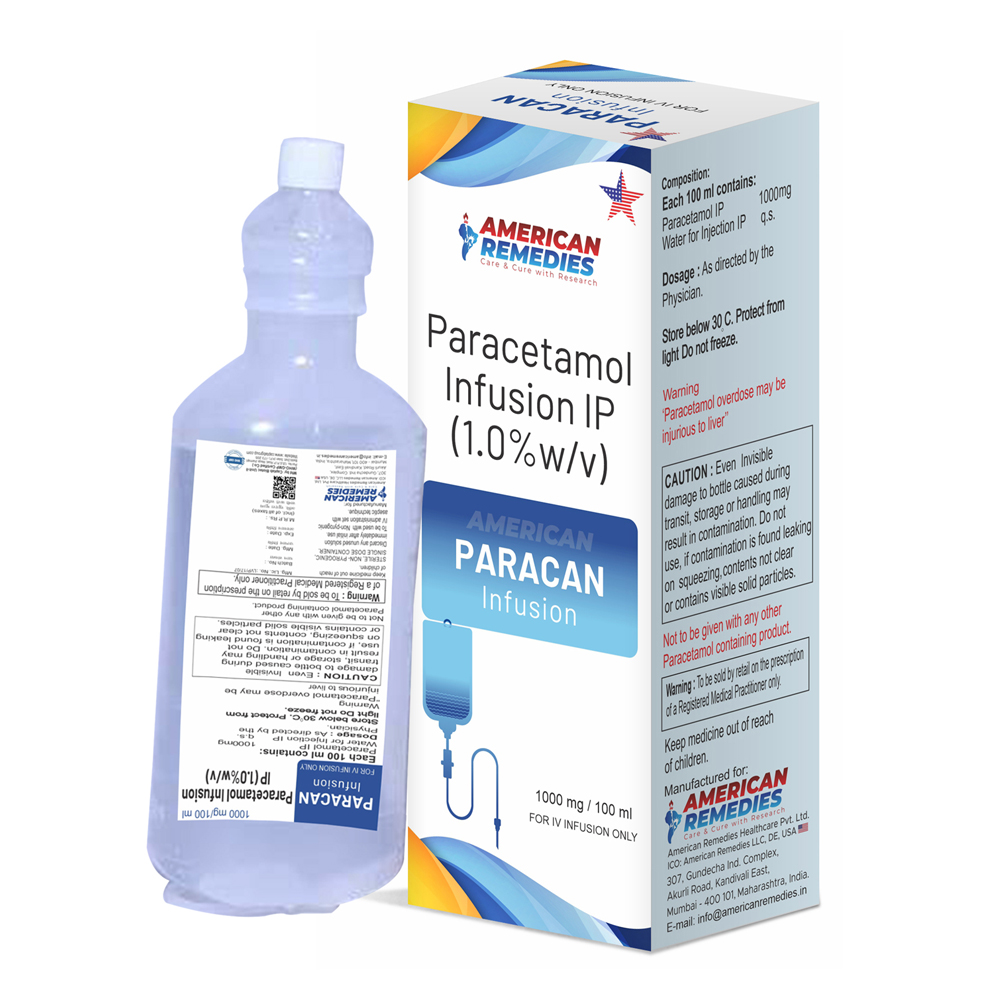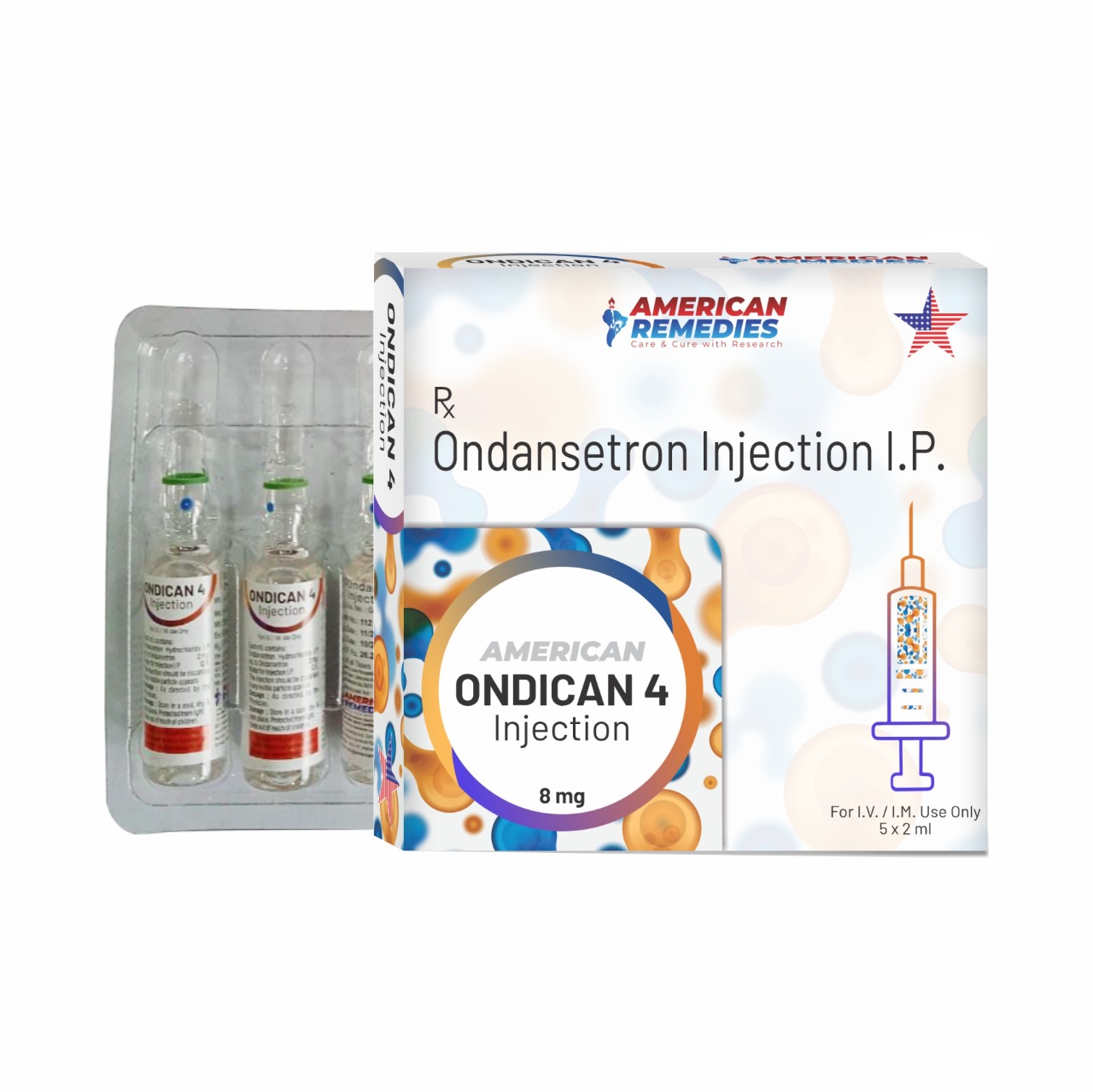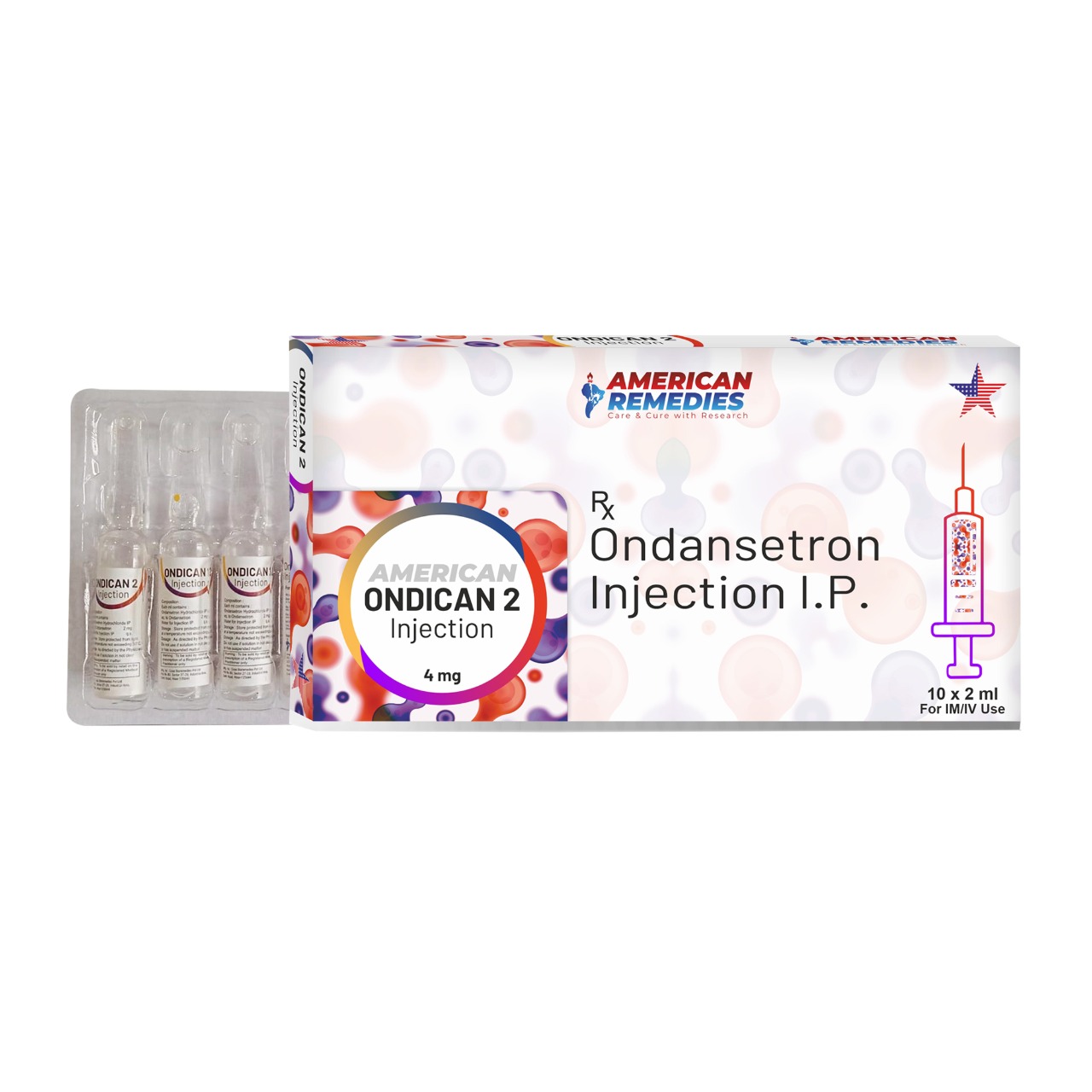Blink Eye Drop is an eye lubricant or artificial tears used to relieve dry eyes. This can happen because not enough tears are made to keep the eye lubricated. It helps to soothe the irritation and burning seen in dry eyes by maintaining proper lubrication of the eyes. Blink Eye Drop is usually taken when needed. Use the number of drops as advised by your doctor. Wait for at least 5-10 minutes before delivering any other medication in the same eye to avoid dilution. Do not use a bottle if the seal is broken before you open it. Always wash your hands and do not touch the end of the dropper. This could infect your eye. This medicine may require long-term use and can be taken safely for as long as you need it. The most common side effects of using this medicine include eye irritation (including burning and discomfort), eye pain, eye itching, and visual disturbance. They are usually temporary and disappear with time. However, let your doctor know if they persist or get worse. Do not drive, use machinery, or do any activity that requires clear vision until you are sure you can do it safely. Consult your doctor if your condition does not improve or if the side effects bother you.
Send Message